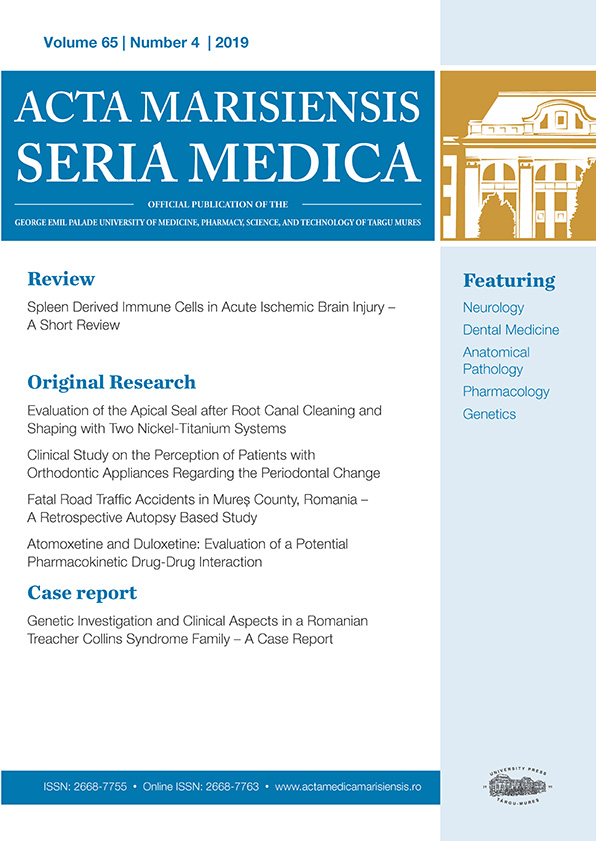The effect of postprandial in vivo and experimental in vitro hyperlipidemia on human peripheral blood monocytes
Abstract
Objective: In this study, we aimed to investigate the effect of transient postprandial in vivo and prolonged experimental in vitro hyperlipidemia on human peripheral blood monocytes.
Methods: Peripheral blood was collected from seven healthy subjects after an overnight fast and three hours after a standardized high-fat meal. Both fasting and postprandial samples were stained for surface markers CD14/CD11b and intracellular lipids using BODIPY493/503. Postprandial samples only were used for isolation of peripheral blood mononuclear cells that were further incubated overnight with postprandial hyperlipidemic autologous plasma, then stained as described above. All samples were analyzed on a FACSAria III flow cytometer.
Results: Flow cytometric analysis revealed two monocyte populations (CD14+): CD14low and CD14high. In fasting, these populations show similar morphology (FSC/SSC), but different expressions of CD14, CD11b, and BODIPY493/503. At three hours postprandially, a moment of maximum hyperlipidemia, neither population suffered significant changes. After the 24-hour incubation, cell activation was observed in both populations: similar fold change increase in SSC, increase in FSC for CD14high cells only, similar foldchange increase in CD14, slightly higher foldchange increase in CD11b for CD14low monocytes, and significantly higher foldchange increase in lipid content for CD14high monocytes. CD14high monocytes appear to undergo a more intense activation than CD14low monocytes.
Conclusions: We conclude that all monocytes react after prolonged in vitro exposure to plasma lipids, each subset having its own activation pattern. All monocyte types may play a role in inflammation and the development of plaques. Monocyte assays are a valuable tool for the investigation of atherosclerosis at the cellular level.
Copyright (c) 2022 Elena Cristina Preda, Ion Bogdan Manescu, Mariuca Manescu, Doina Ramona Manu, Minodora Dobreanu

This work is licensed under a Creative Commons Attribution 4.0 International License.









